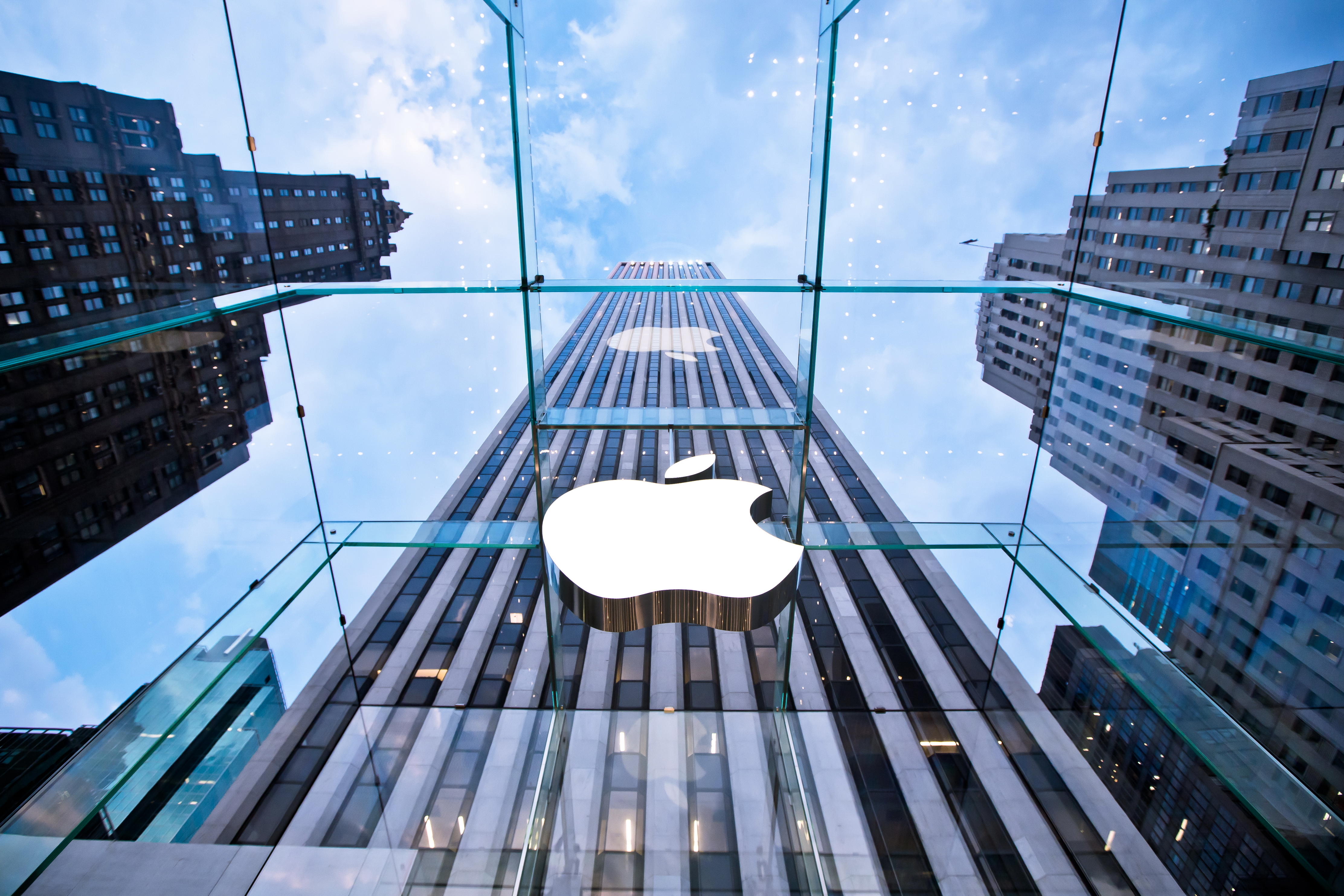
What happened in China?
What’s confusing here is that the company’s management report confirms weak iPhone sales in every segment — but in part this reflects one of those “difficult comparisons” the company likes to state.
Think back to this time last year, when Apple was just emerging from what had been a very difficult time operationally. In the run up to this quarter a year ago, COVID-19 had closed the iPhone factories, meaning lots of smartphones weren’t being made, and order fulfillment was delayed. Apple told us then that it realized about $5 billion in iPhones sales in the quarter that would have been made in the preceding one.
That’s not the case this year. “If you remove that $5 billion from last year’s results, we would have grown this quarter on a year-over-year basis,” Cook said. “And so that’s how we look at it internally from how the company is performing.”
If that’s true, it explains why Apple doesn’t seem especially concerned that its iPhone sales internationally did decline by 10% in revenue in the quarter. After all, the iPhone was the top-selling smartphone model in the US, urban China, Australia, UK, France, Germany, and Japan. The device also achieved 99% customer satisfaction according to Changewave.
Managing change
Even though Cook told us that iPhone sales grew in China, both the Wall Street Journal and Nikkei insist sales fell there. In fact, the two best-selling smartphones in mainland China during the quarter were the iPhone 15 and 15 Pro Max, Apple confirmed during the presentation.
Apple did concede that it has work to do on its other products, and iPhone sales were down in contrast to this time last year. Weakness was felt across multiple markets, and with the iPhone Apple’s biggest product, the impact of this and softening iPad sales contributed to revenue decline.











